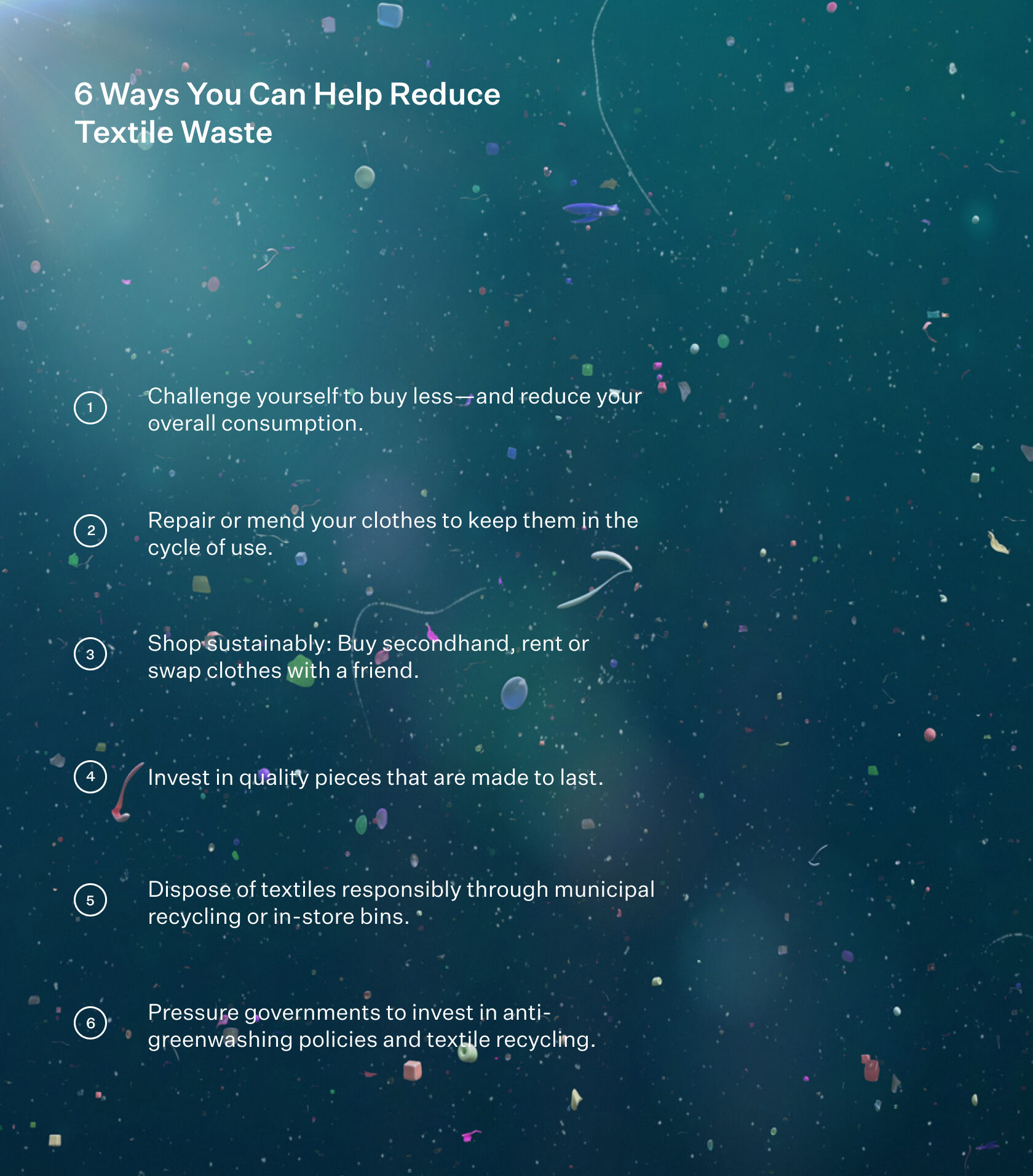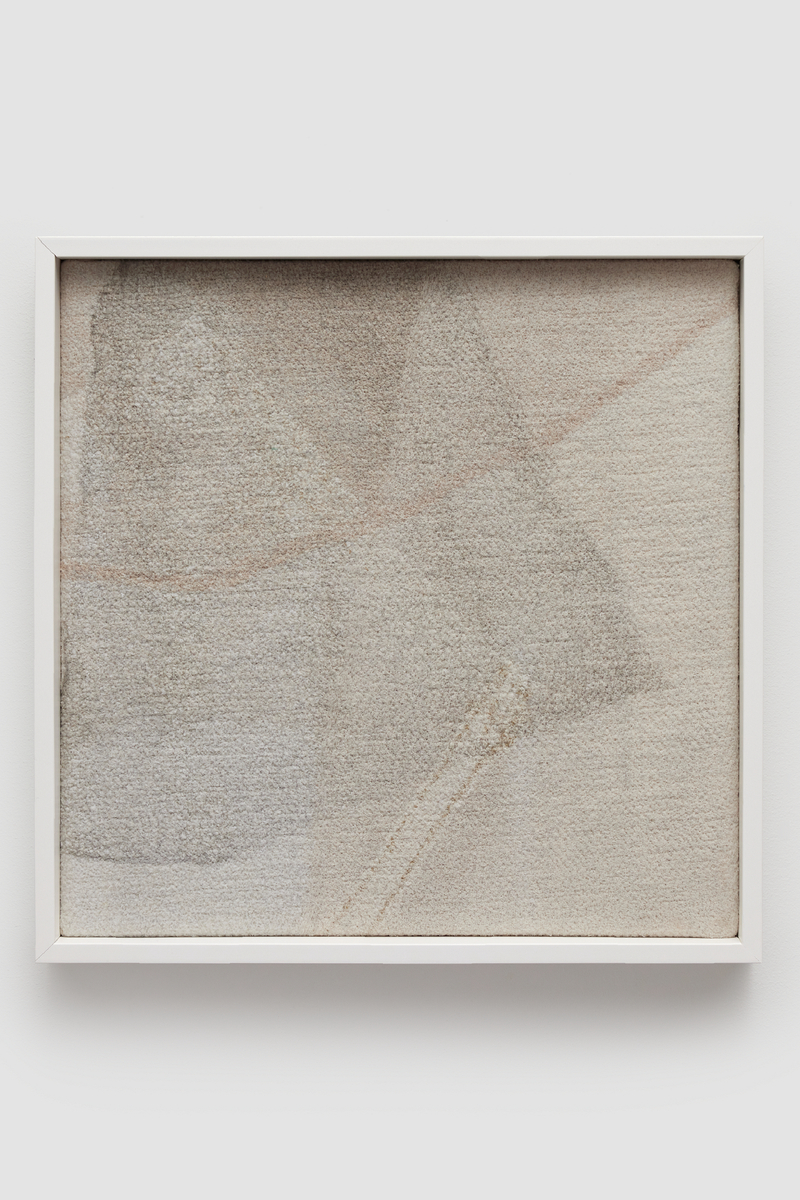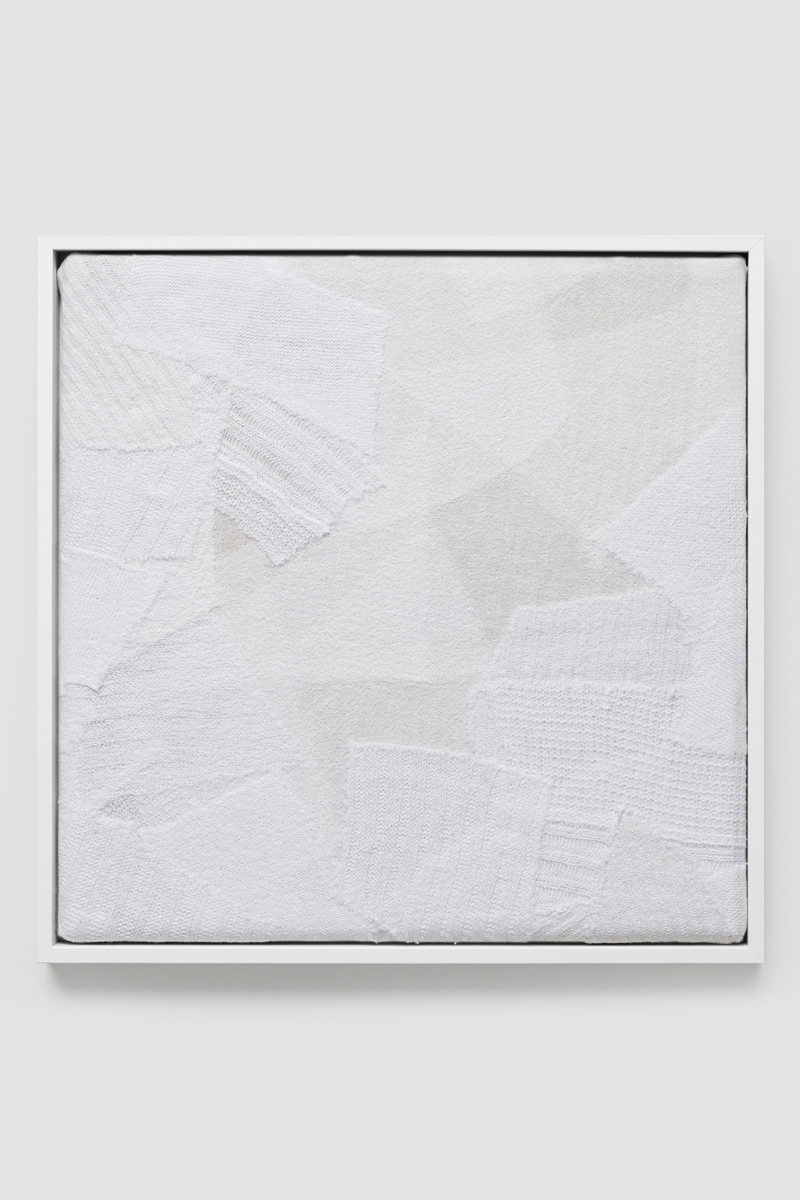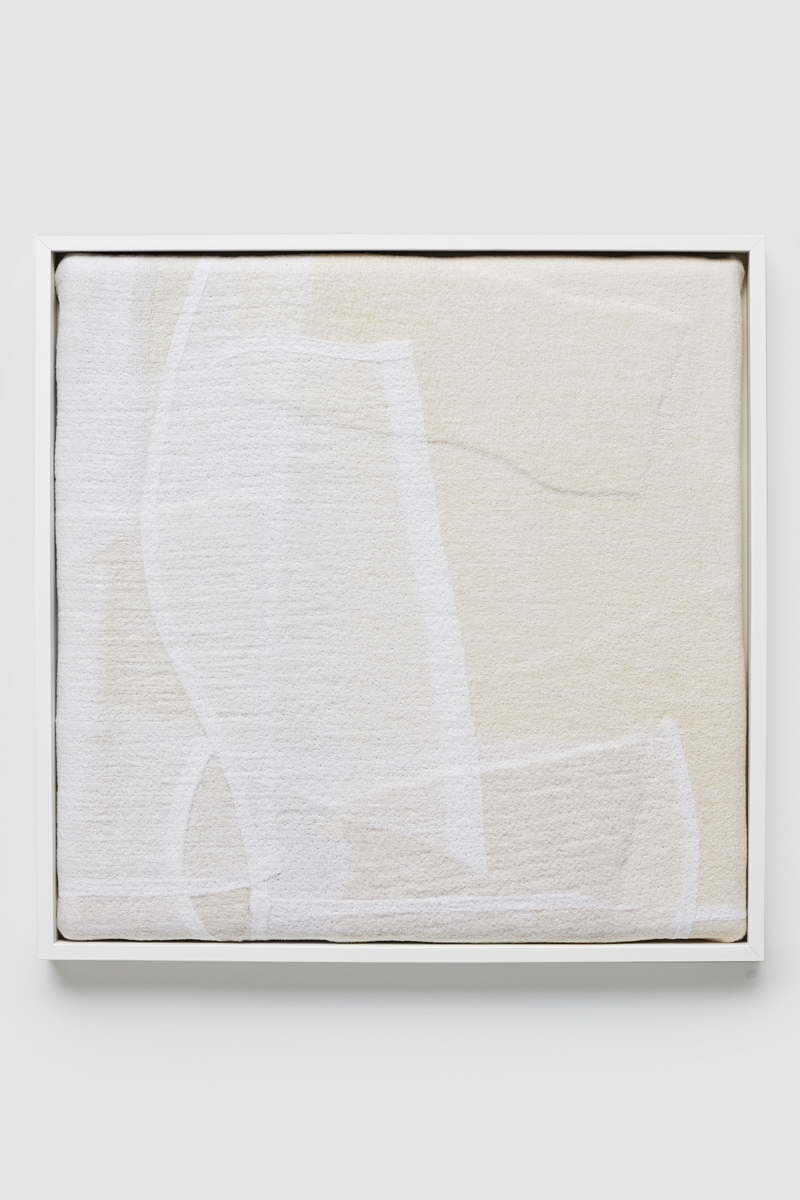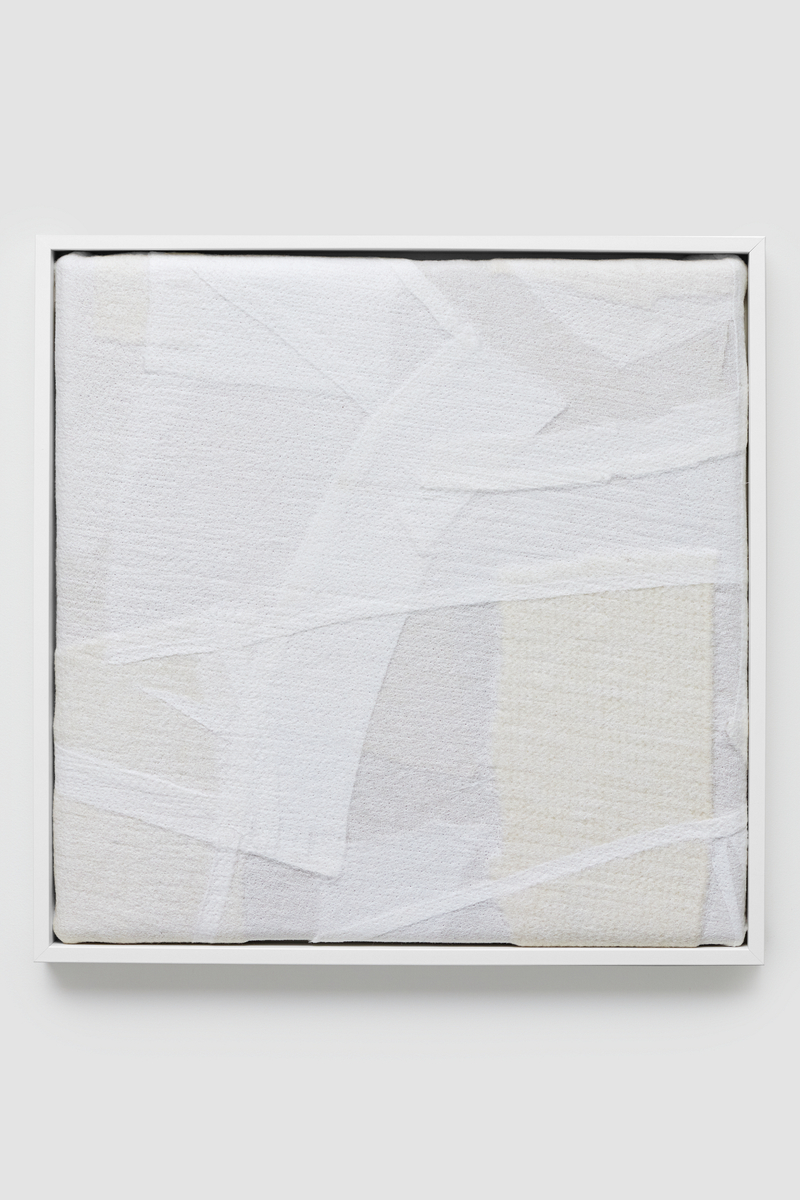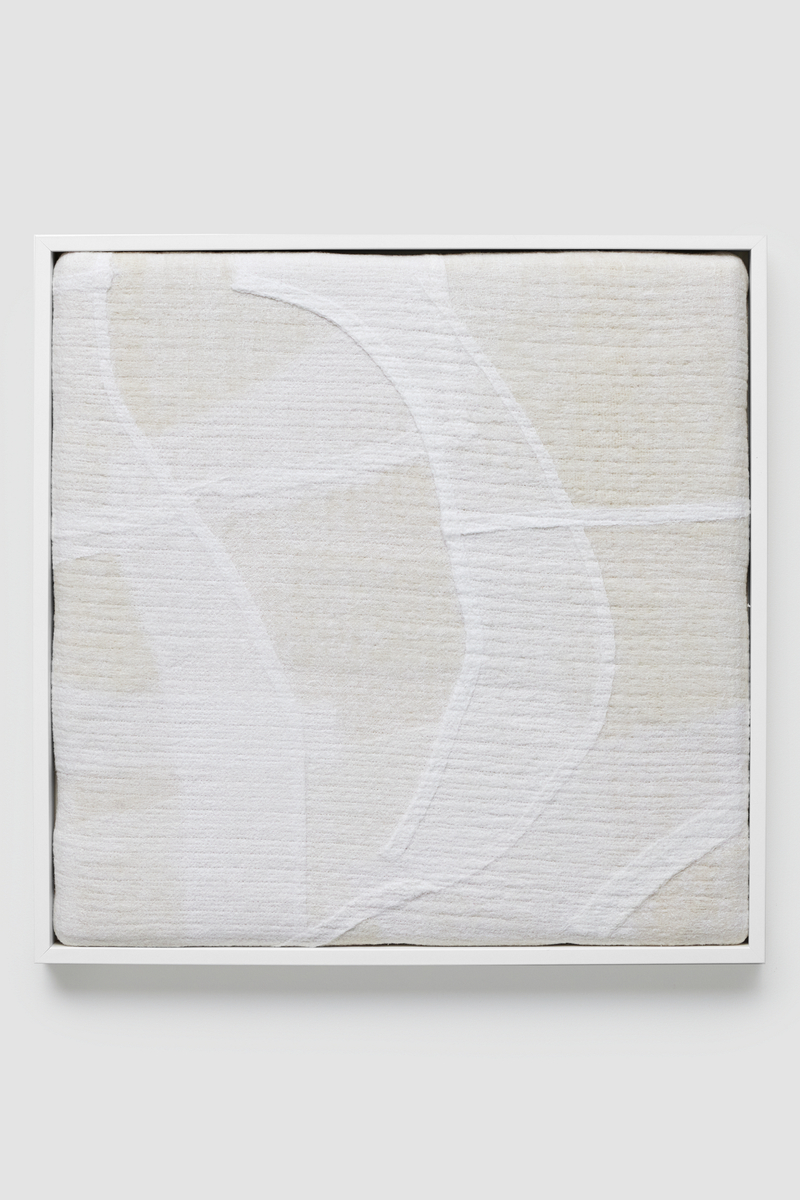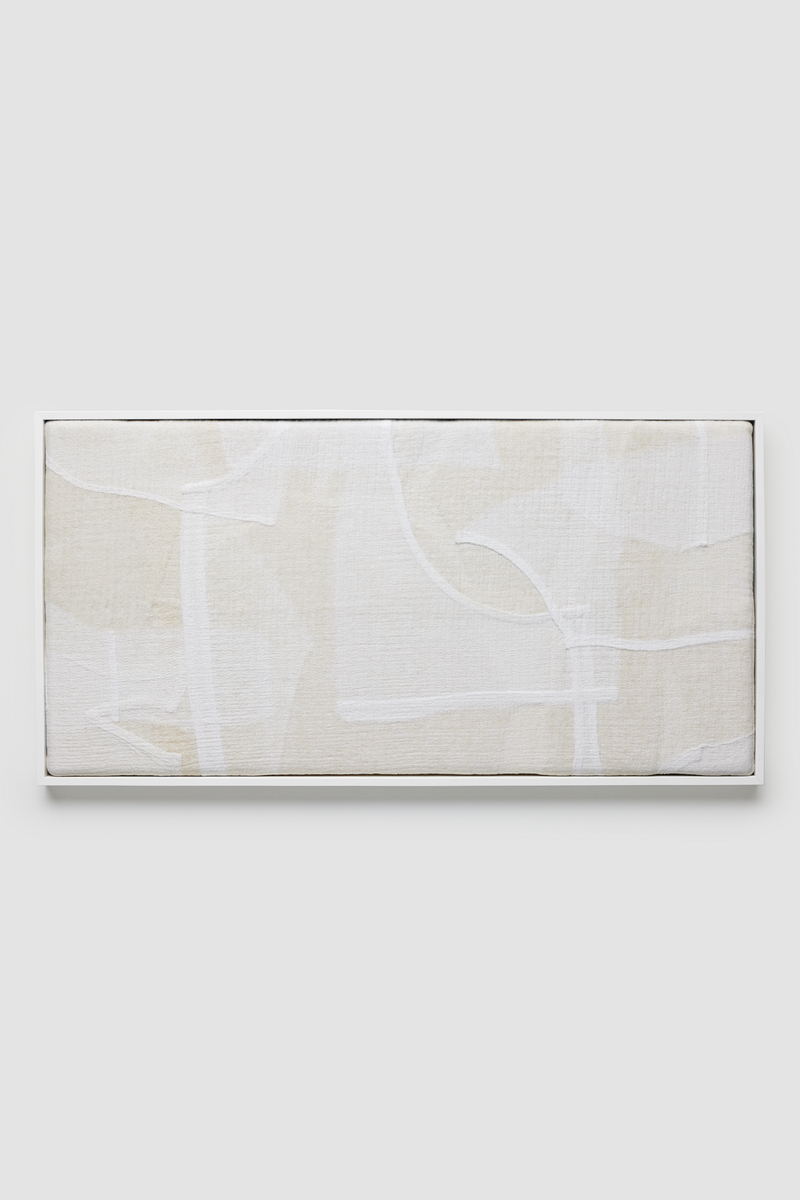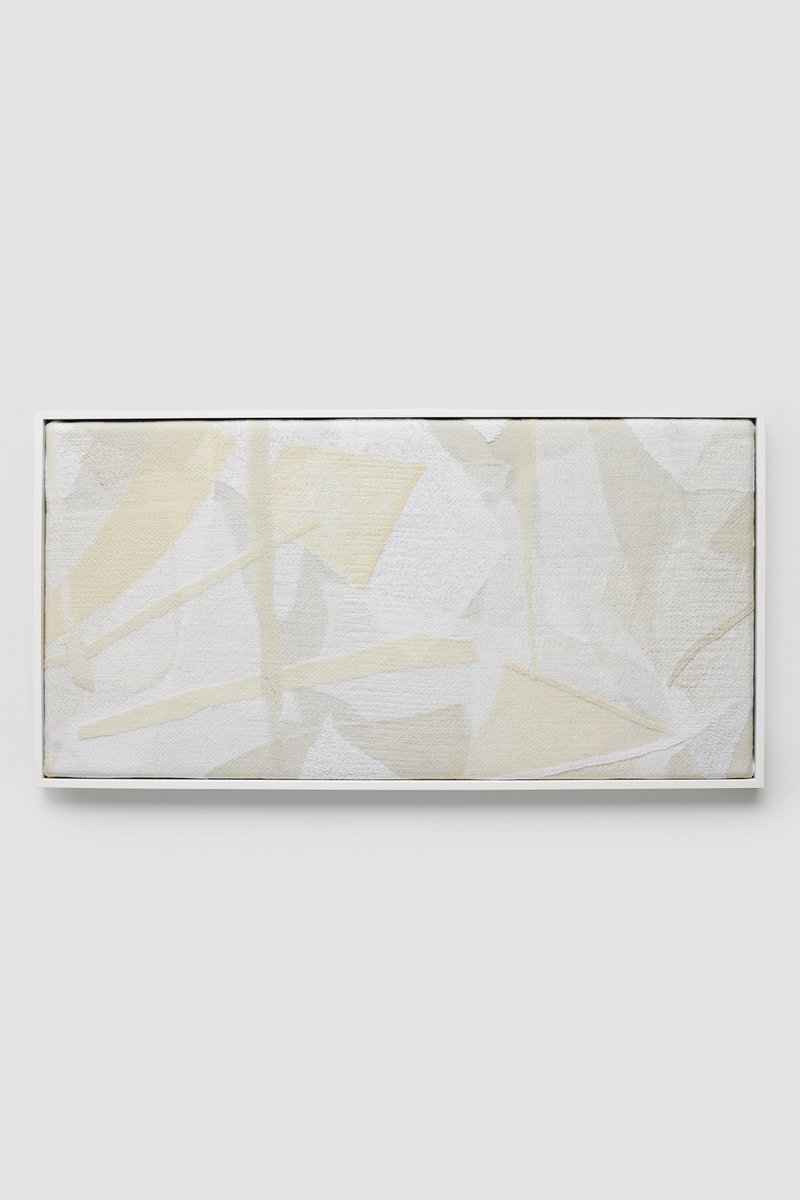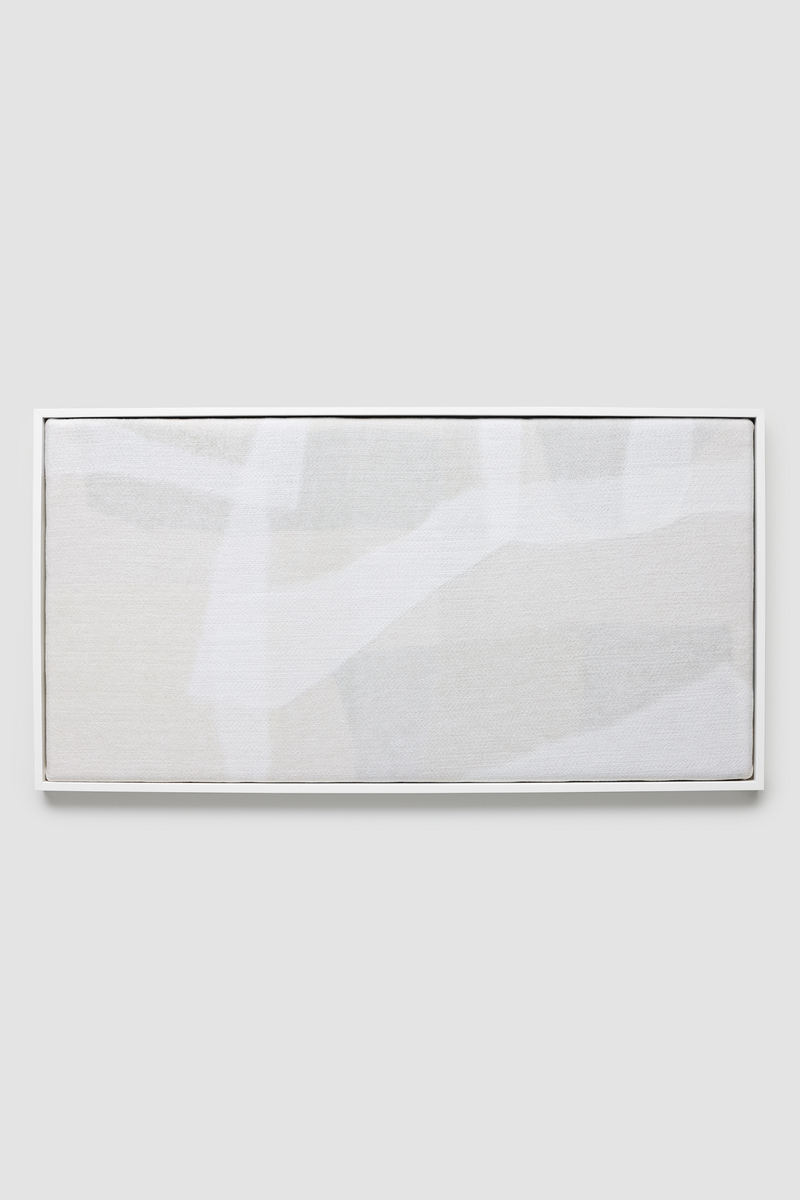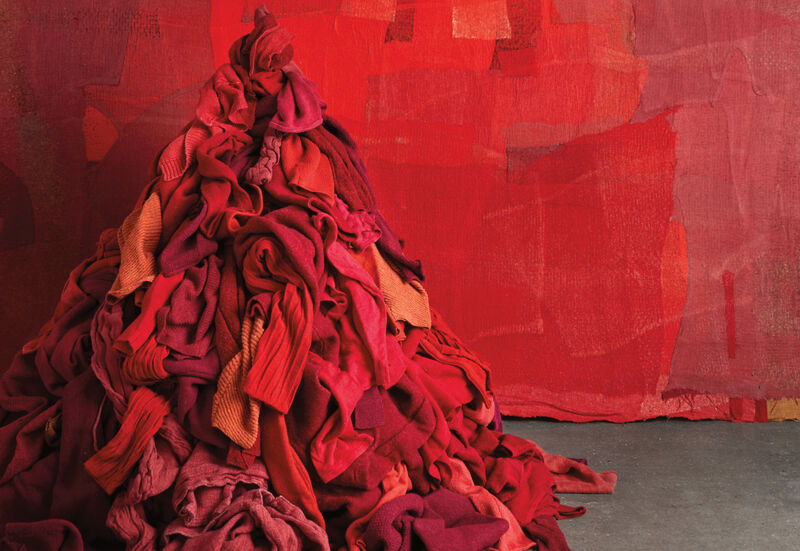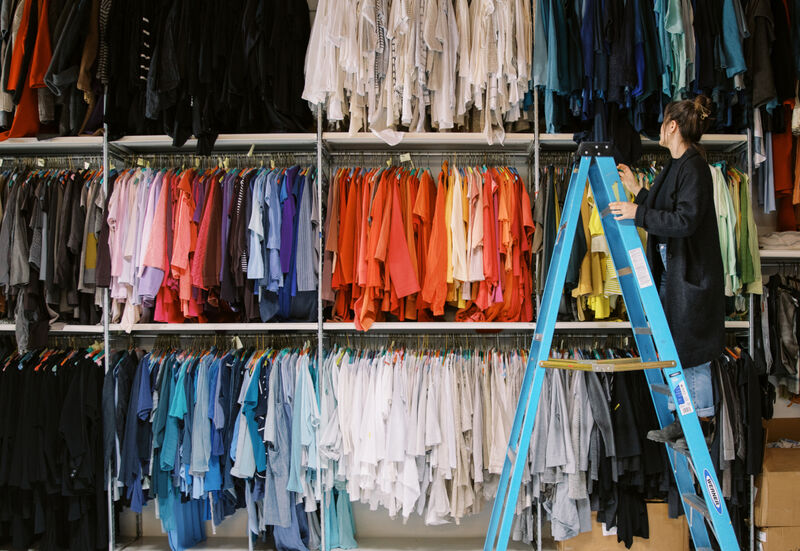Hey Fashion: A Conversation about the Textile Waste Crisis
The Eileen Fisher Foundation commissioned Pentatonic to create a report on the textile waste crisis. Meet the team behind HEY FASHION!—and learn more about how they are turning this research into a platform to drive wide-scale change.
In 2021, the Eileen Fisher Foundation, a nonprofit that supports systemic change in the fashion industry, partnered with Pentatonic, a UK- and Berlin-based design agency, to write a comprehensive report on one of fashion’s most urgent crises: the mountains of textile waste sitting in landfills across the globe. The culmination of many months of research and in-depth interviews, this report offers critical insights into the environmental and social toll behind textile waste and outlines actions we can all take to help the industry shift to a more circular system.
We sat down with four key contributors from the Eileen Fisher Foundation and Pentatonic for a series of conversations about the launch of HEY FASHION!—and how together we can drive actionable solutions for change.
Answers have been lightly edited for length and clarity.
VISIT HEYFASHION.ORG TO TAKE ACTION.
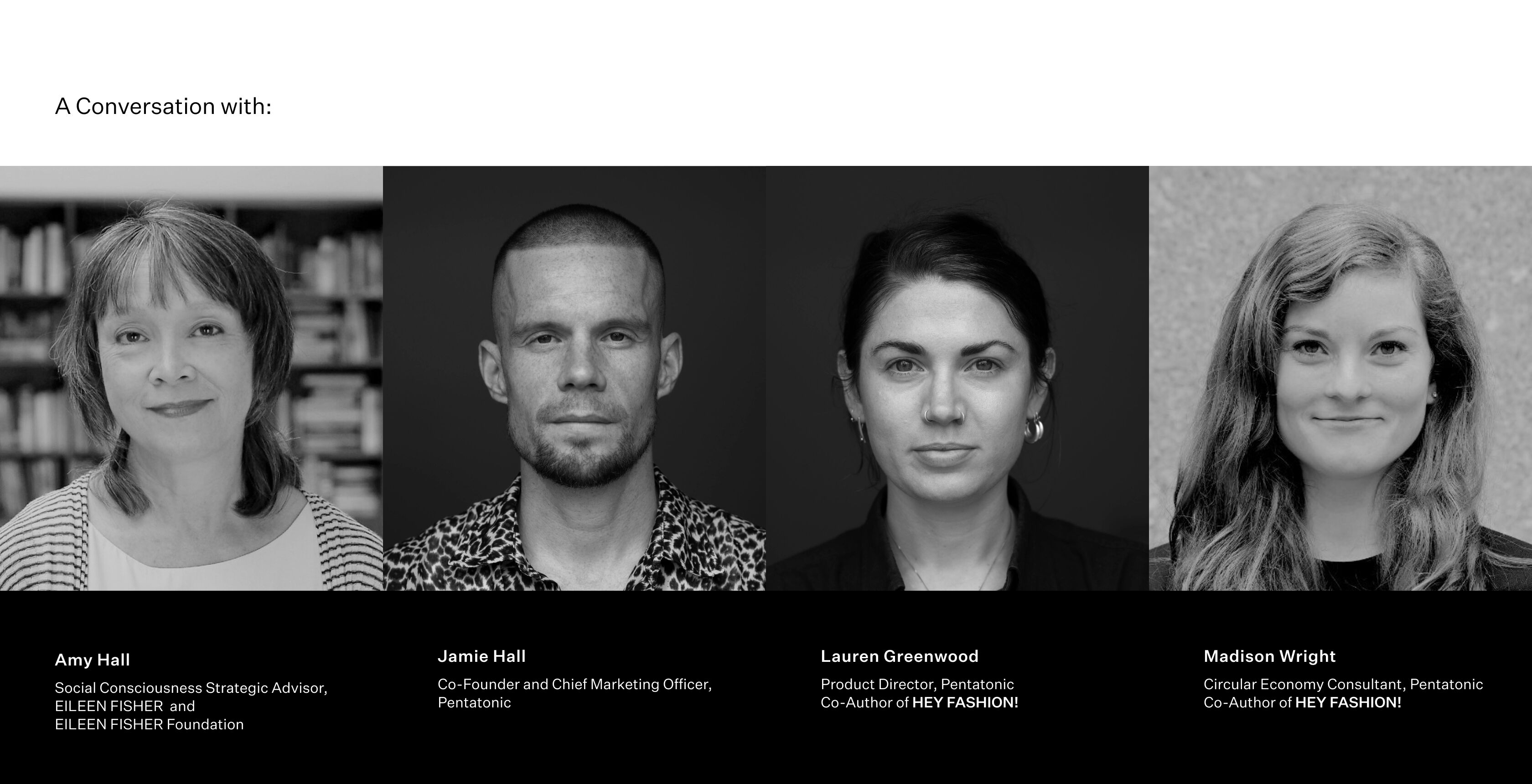
Congratulations on the launch of this exciting project. Can you tell me how this collaboration between the Eileen Fisher Foundation and Pentatonic came to be?
Amy: Eileen has become increasingly aware of the amount of textile waste that the company is accumulating and doesn’t have a clear solution for, and she’s increasingly concerned about the waste that the industry as a whole is generating. The industry is facing a crisis, so we talked to Pentatonic about it—we’ve worked with them on some product development in the past—and pitched the idea of having them help us figure out a solution for our own waste. But through our conversations, what ended up happening was that the Eileen Fisher Foundation agreed to commission Pentatonic to conduct very comprehensive research within the industry to find out what is actually happening.
Textile waste is a field that is moving very quickly—there are a lot of players in it, and many solutions with varying degrees of maturity. Yet, there doesn’t seem to be a movement toward a systemic solution that is really going to achieve critical mass in the near term. We felt like this kind of research could help inform the foundation’s role and the work it can do going forward.
A Google search brings up a number of research papers on the textile waste crisis. What makes this report different?
Amy: It’s the focus on the multiple stakeholders in the system and the solutions that each one of them can bring to the table, plus the fact that we’re offering an interactive microsite that will continue to draw people back in and keep this work going. It’s not just a one-off paper that people will read and then leave in their inbox, but something they can engage with over time.
Jamie: The challenge with academic research is its vastness and complexity, and we wanted this report to be read, accessed and used by many people—so we had to make it as approachable and as simple as possible. What we’ll be doing over the course of the campaign is giving people lots of different variations of the report. We’ll go deep on the chapters, we’ll go deep on the action areas, we’ll have videos, we’ll have podcasts, we’ll have executive summaries, we’ll have blogs that go behind the process. There’s so much in the report—and a lot of it could get missed if we just dumped one big file out there and hoped for the best. What we want to do is make it all digestible and continue to expand upon the information, and therefore hopefully lead to a much better chance for it to be executed on.
Writing a comprehensive report on the state of the industry is a daunting task. Lauren and Madison, how did you approach this research?
Lauren: From the outset, we were clear that we wanted to focus on the supply chain, so though we did speak to a handful of brands, we gave the most airtime to people actually working in the supply chain—recyclers, waste management companies, people working in NGOs and government, and so on. Because of Pentatonic’s work in circular design, we already had a good base and knew a lot of the actors in the space. We pooled all of this knowledge and then gathered all of the most recent research papers and reports.
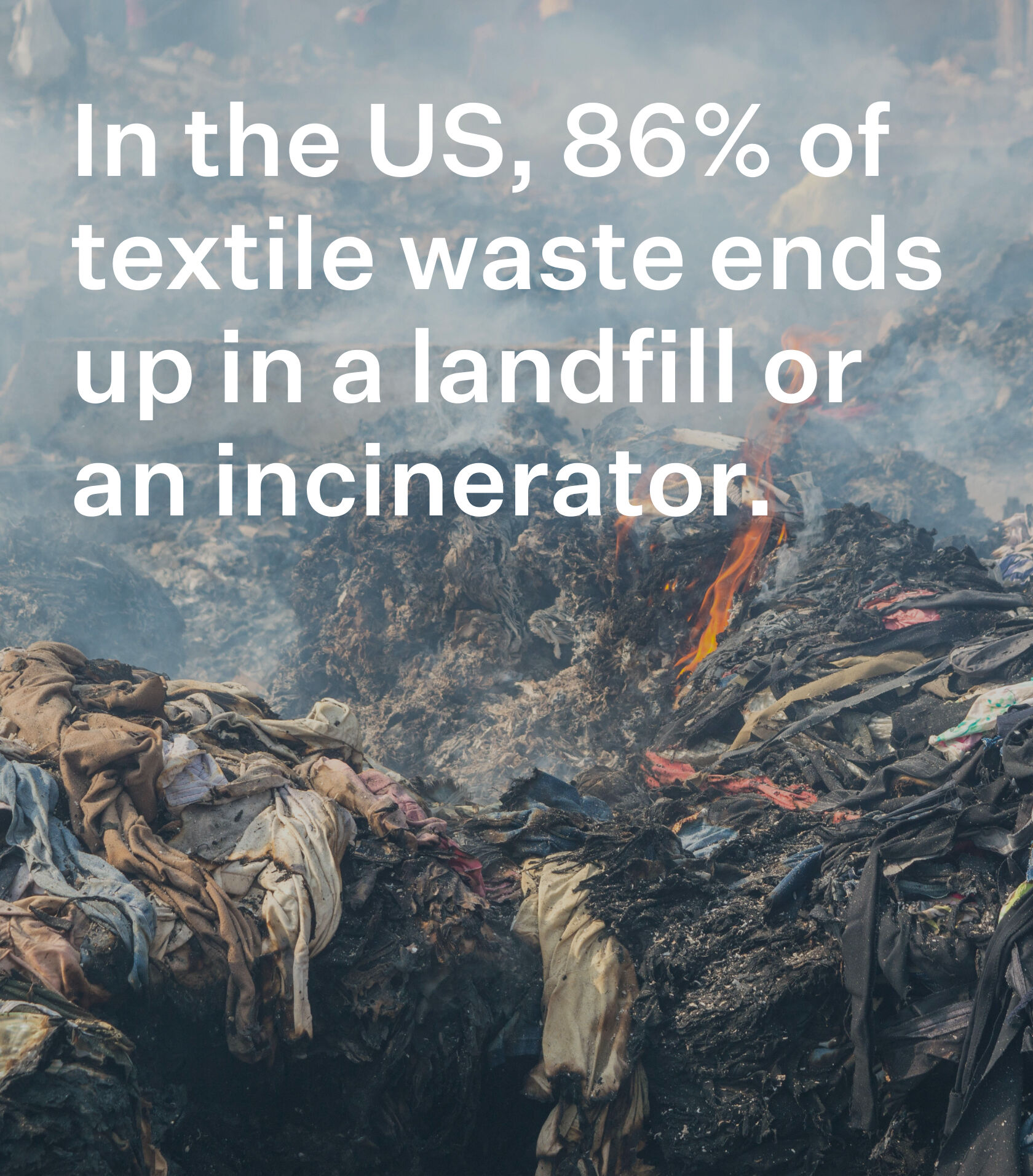
Source: HEY FASHION!, page 16
Madison: Initially, we identified a list of 200 brands, which we then narrowed down to 50 or so that we interviewed. When we started reaching out to people to get interviews, we were all pleasantly surprised by how many people responded and actually wanted to talk to us for an hour about this subject. With research papers, it can be hard to get the data you need (How do you get people to fill out surveys? How do you get people to chat with you for even 15 minutes?), but it was powerful to have the EILEEN FISHER name and brand behind us to really push it forward.
HEY FASHION! is a provocative name for this campaign. Was the fashion industry your intended audience when you wrote the report?
Jamie: We say in the manifesto that it’s essentially for anyone who touches it. Whether you’re a CEO, designer, professor, an educator, regulator or just someone who wears clothes—there’s something in there for you.
Of course, many of the problems we address are industry wide, problems that need industrial-level solutions or legislation that could make a really, really significant impact, but there’s also just simple rules and guidance about things you can do as a consumer that do make a difference to your own footprint and your own contributions. It’s really about having all those audiences working in unison at various different levels, at various different scales. The whole idea is that there is something in it for everyone to be able to put into action.
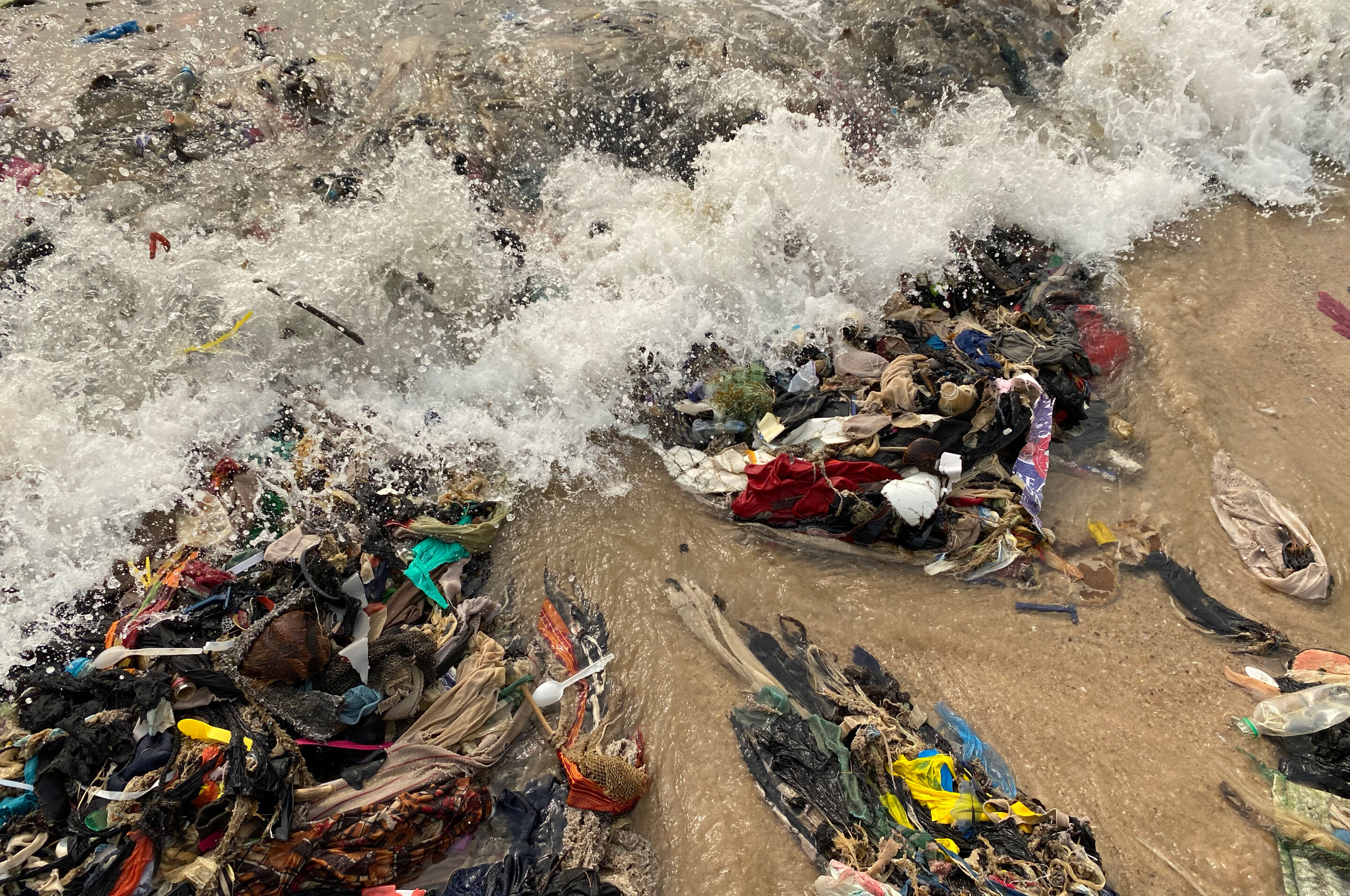
“Seeing this landscape of textile landfills in other countries made me feel ashamed. I didn’t even realize that this was happening in an industry I’m part of.”
–Lauren
Why do you think change in the fashion industry has been so frustratingly slow? Do you think there is a lack of awareness about this problem?
Jamie: I think there is no misunderstanding about the problem. There’s probably a misunderstanding about the scale of the problem and the extent of the problem—and there’s a huge knowledge gap in understanding what can be done about it, which is probably why change is slow. The goal of the launching of this report has always been about giving all the stakeholders in fashion no excuse to say that they haven’t seen this information.
There’s a lot of misinformation out there, there’s lots of mixed messaging and lots of greenwashing. That’s what this research is all about—it’s about giving people real insights from real data that’s been painstakingly gathered and prepared for people to access and better understand how to adapt it to their own sector or brand or product.
Was there any information that surprised you during the course of your research?
Lauren: I’ve worked in the industry for over 10 years, but the extent of the problems in the end-export markets really shocked me. I had no idea about the sheer scale of it, and the figures of what clothing gets moved where. It’s a global industry. People might think that, for example, American fashion ends up in local thrift stores and then maybe gets downcycled in the US, but the reality is that 90% of it is exported to countries like Ghana—and it’s the same in the UK, Germany and many other high-income nations.
It’s important to understand that it’s all interconnected and that there’s no “away.” It’s the same with plastic waste—it all has to go somewhere. For me, seeing this landscape of textile landfills in other countries made me feel ashamed. I didn’t even realize that this was happening in an industry I’m part of.
Jamie: What didn’t surprise me was that there was a lot of commonality to all the points of view in our interviews with stakeholders. There was a lot of synchronicity around the problem areas, so we were able to start forming these general territories of where there were problems and what the general solutions could be.
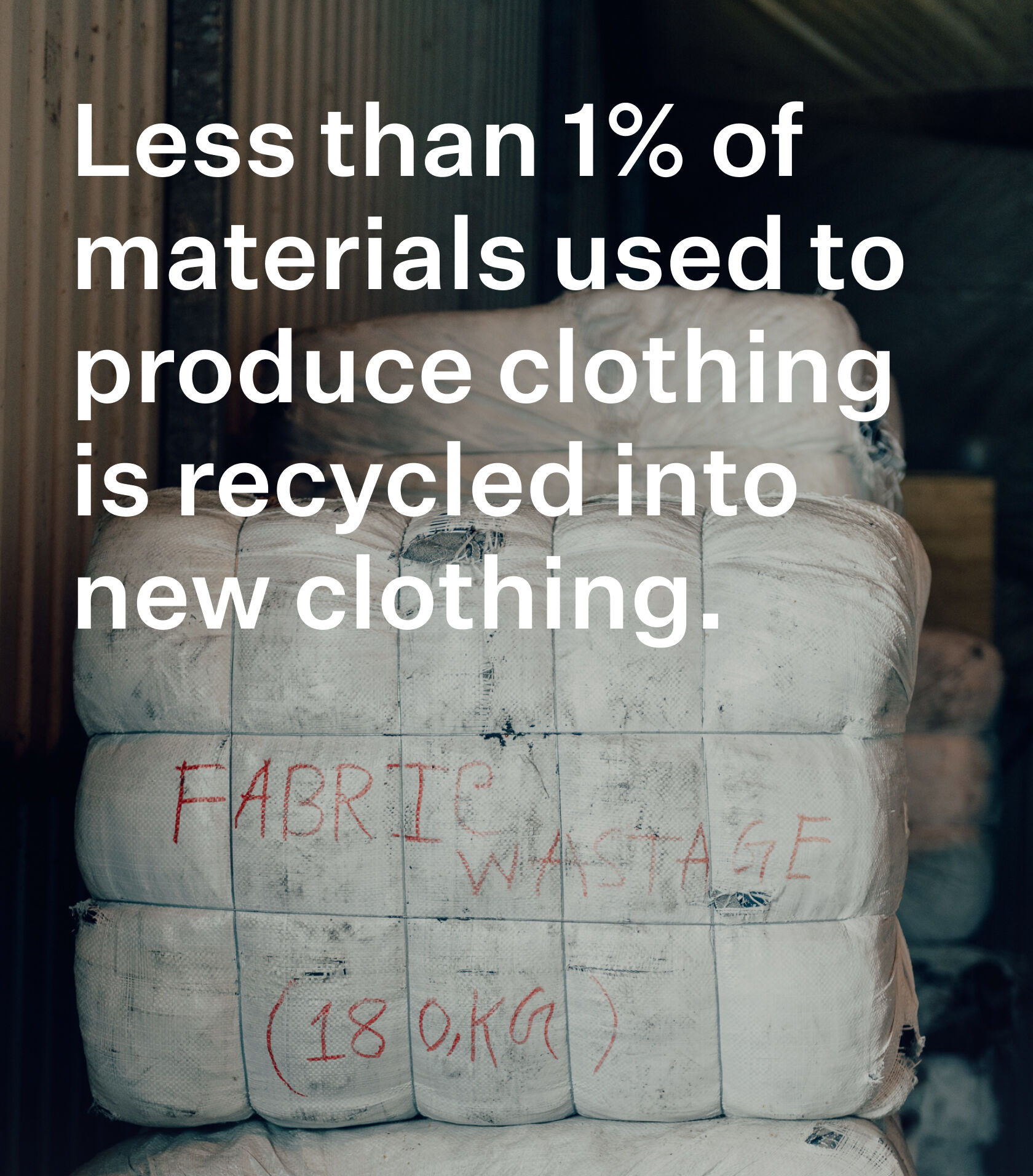
Source: HEY FASHION!, page 23
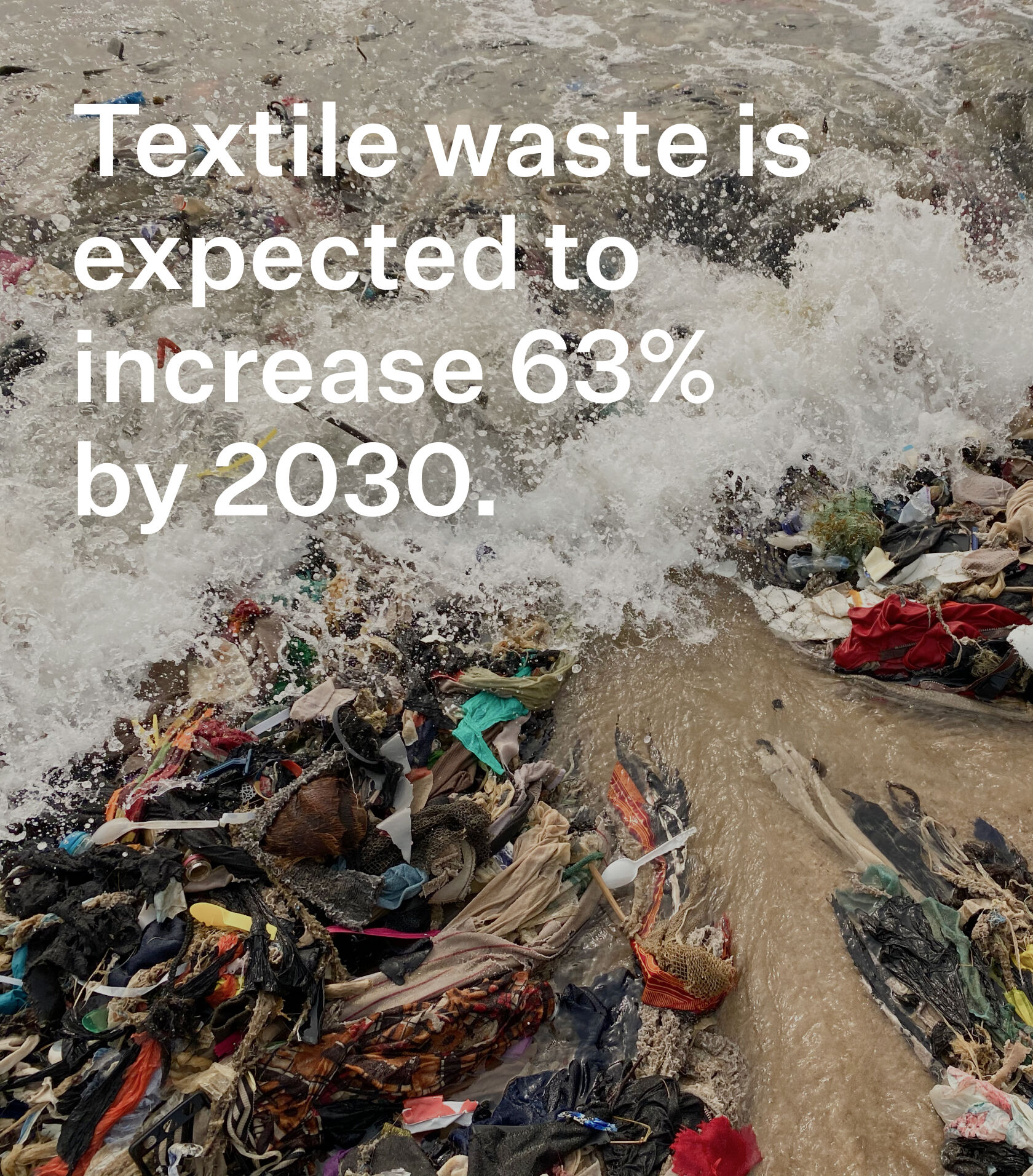
Source: HEY FASHION!, page 16
It’s impossible to talk about our waste crisis and not talk about consumption.
Madison: As a culture, we’re hyper obsessed with consumption. We already have 150 billion items of clothing being produced each year, and we don’t even have the recycling capabilities to deal with that waste—and it’s only projected to grow. So how are we going to combat this if we don’t talk about the heart of the issue, which is reducing production, reducing consumption and just being happy with what you have, buying secondhand or being proud to wear something that’s been mended or repaired.
Lauren: Yeah, I’ve also been thinking a lot about the power of marketing. Marketing departments have a huge responsibility, even more than product developers who are creating all this clothing, because they are constantly bombarding people with advertising and encouraging them to buy more stuff.
This consumption piece was interesting to talk about, particularly with brands, because it’s the hardest conversation to have. Making less stuff and replacing revenue with things like re-commerce is not a conversation that’s being had by many companies. But you can’t reconcile the current levels of production and consumption with any genuine conversation around sustainability—you just can’t. It’s not sustainable, and without addressing that, almost everything else is inconsequential.
“How are we going to combat this if we don’t talk about the heart of the issue, which is reducing production, reducing consumption and just being happy with what you have.”
–Madison
We know there is no one single solution for textile waste, but what action do you think the industry needs to take now to begin to tackle this crisis?
Amy: I really think we need to find a way to collaborate more effectively. We need to not have brands create their own solutions, much as we’re doing at EILEEN FISHER, but come together and create a system that’s going to work in the same way that the bottle and can recycling system works. No, it doesn’t work perfectly, but at least it’s a system and people know about it and contribute to it.
What’s it going to take for us to get to that kind of system? I don’t know, but an expanded system that includes the consumer is key, because we also want them to buy smarter, keep their stuff longer, repair it—and when all of that’s done, and only then, throw it into the waste loop.
“We need to...come together and create a system that’s going to work in the same way that the bottle and can recycling system works. No, it doesn't work perfectly, but it's a system and people know about it and contribute to it.”
–Amy
Madison: What comes up for me is the lack of funding in this space. I don’t think a lot of people see the financial opportunity in textile recycling or sorting. We really need to establish that infrastructure, but people don’t even know this work exists, so they don’t know to fund it. You have textile recyclers who have been working on this for years that have maybe received a million here or there, but what they need is massive funding. We urgently need to drive as much awareness and education around this issue as possible, so they get the support they need to meet the demand.
Lauren: I think it comes down in the end to regulation—having the right regulation to support people already making moves, but also forcing others in the industry that haven’t even started. Everyone has their part to play and everyone needs to move along together, but big changes aren’t happening with self-regulation. I think that the properly tailored regulation is a powerful instrument that could help stimulate investment.
Can you tell us what’s next for HEY FASHION!?
Jamie: I’d love to think that through this collaboration, and perhaps by bringing other brands and parties into the group as well, we can create more and more reports, we can go deeper on the individual topics, we can monitor case studies and we can share stories of people who are implementing some of the recommendations and actually making an impact.
We really want to see this platform become a community for contributing ideas and for starting conversations. My hope is that HEY FASHION! really has a life of its own and continues to grow and grow.
LEARN MORE AT HEYFASHION.ORG
